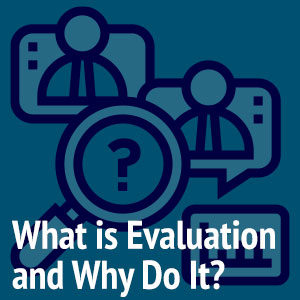
Rather than “customers,” nonprofits, educational institutions, and philanthropies typically have “stakeholders.” Stakeholders are individuals and organizations that have an interest in, and may be affected by, the activities, actions, and policies of non-profits, schools, and philanthropies. Stakeholders don’t just purchase products and services (i.e. commodities), they have an interest, or “stake” in the outcomes of an organization’s or program’s operation.
There are a number of persons or entities who may be a stakeholder in a nonprofit organization. Nonprofit stakeholders may include funders/sponsors, program participants, staff, communities, and government agencies. It’s important to note that stakeholders can be either internal or external to the organization, and that stakeholders are able to exert influence— either positive or negative — over the outcomes of the organization or program.
While many nonprofits are sensitive to, and aware of, the interests of their multiple stakeholders, quite often both nonprofit leaders and nonprofit staff hold implicit, unexamined ideas about who their various stakeholders are. Often, stakeholders are not delineated, and consequently, there isn’t a shared understanding of who is and isn’t a stakeholder. Conducting a stakeholder analysis can be a useful process because it raises awareness of staff and managers about who is interested in, and who potentially influences the success of an organization’s desired outcomes. A stakeholder analysis is a simple way to help nonprofits to clarify those who have a “stake” in the success of the organization and its discrete programs. It can sharpen strategic planning, clarify goals, and build consensus about an organization’s purpose.
Resources:
“Identifying Evaluation Stakeholders”
“The Importance of Understanding Stakeholders”
“Organization Development: What Is It & How Can Evaluation Help?”



